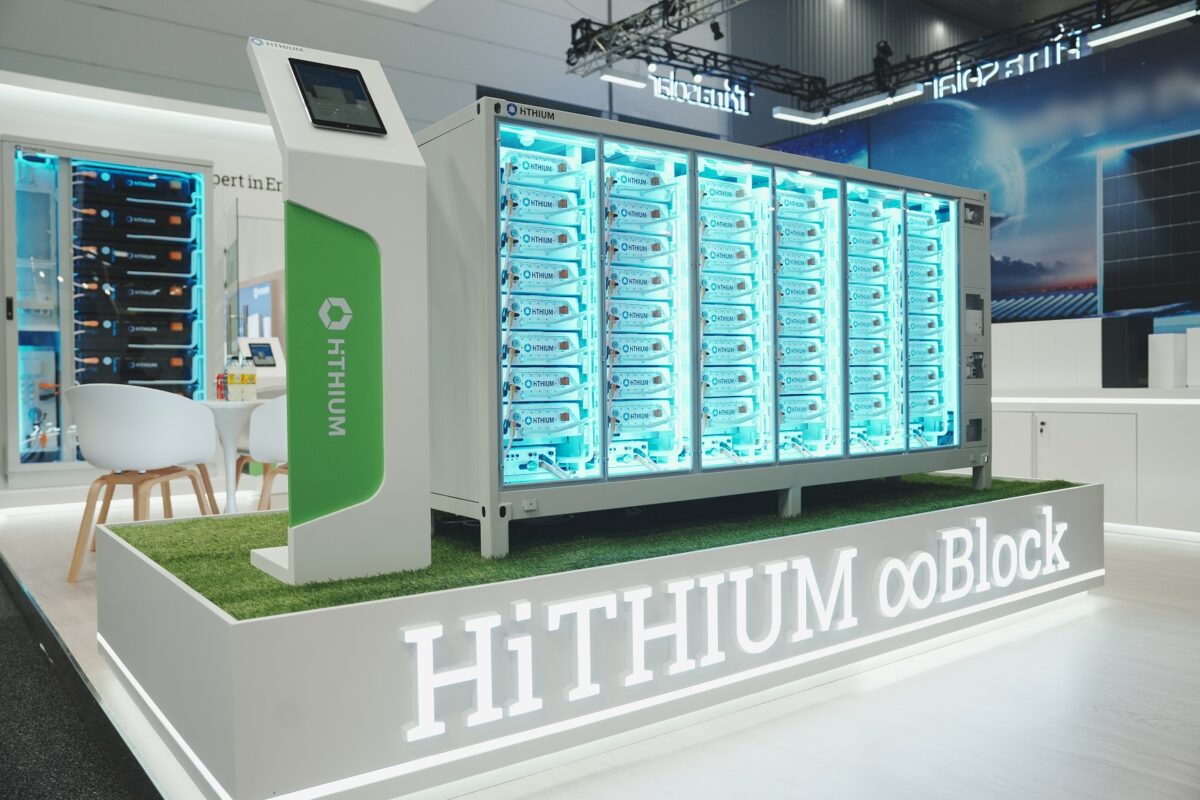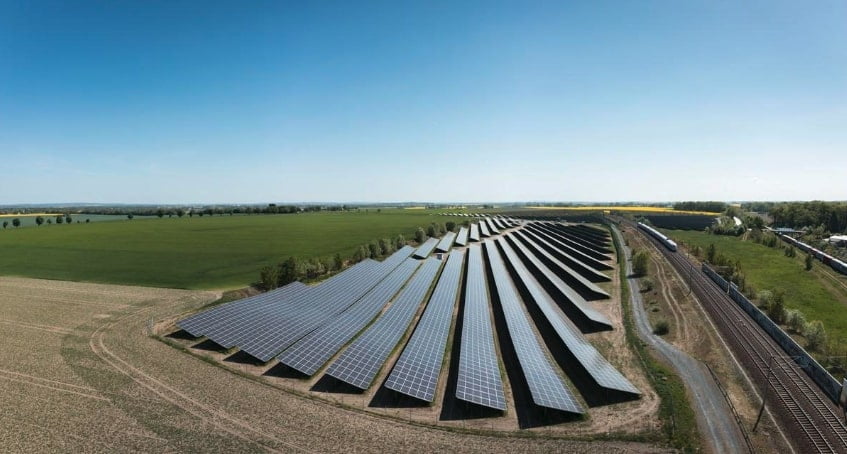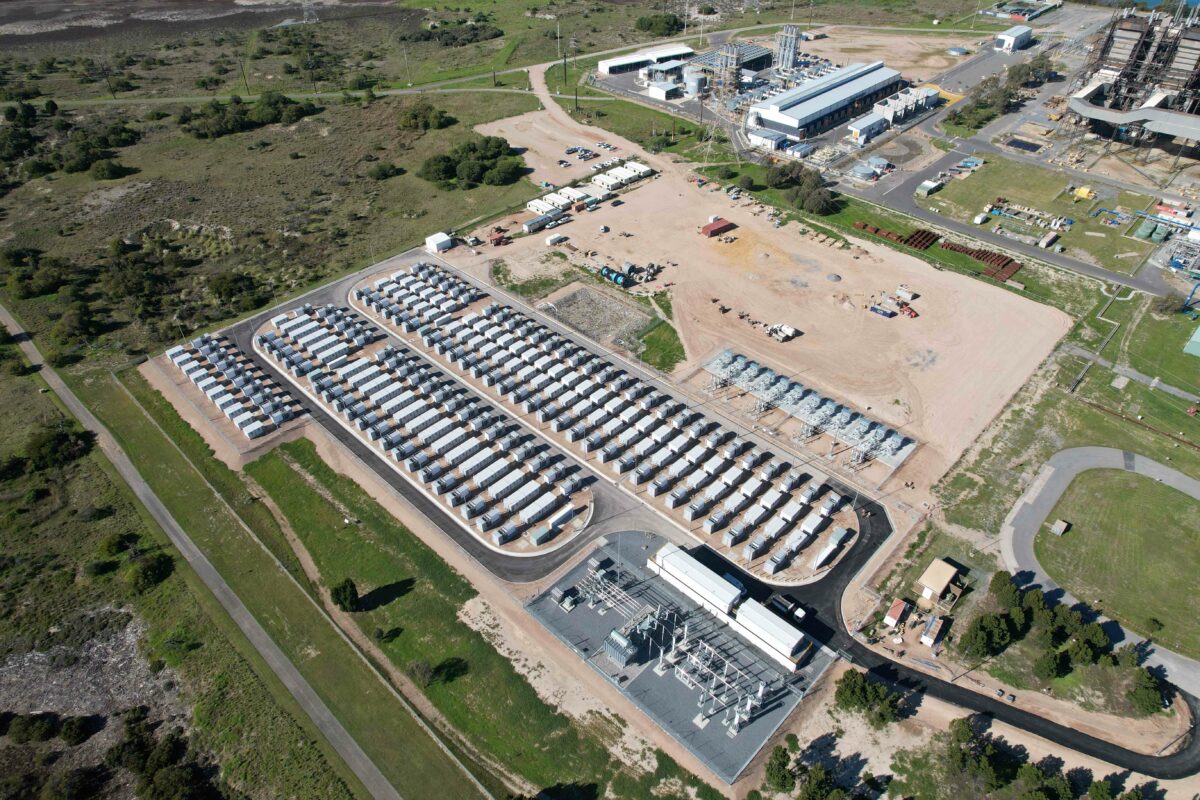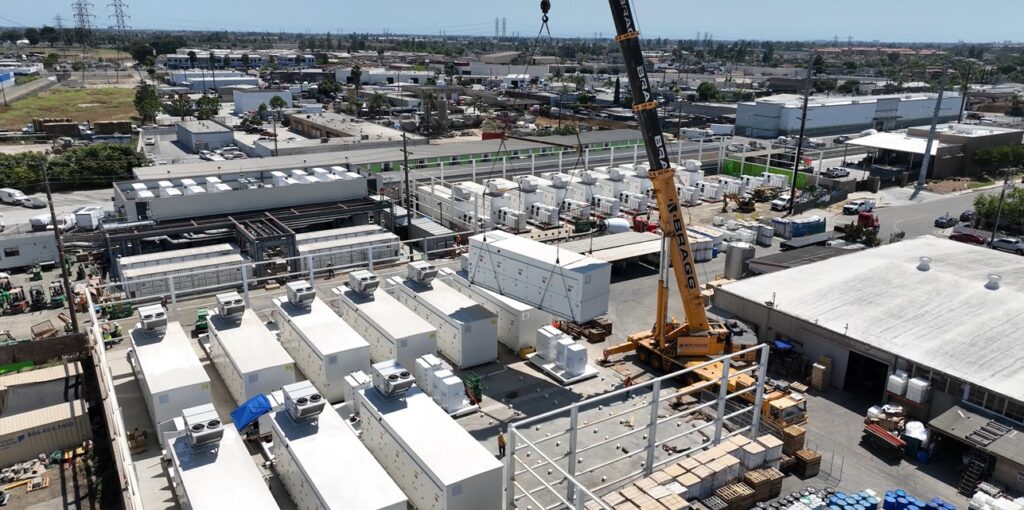FlexGen would buy up to 10GWh of Hithium battery capacity in that time, while the Chinese manufacturer would use FlexGen’s energy management system (EMS) in a combined 15GWh of projects. In each instance, the capacity of each other’s hardware or software to be used could include direct purchases, or indirect through customers’ projects.
The cooperation agreement is therefore “bidirectional,” FlexGen chief commercial officer Yann Brandt told Energy-Storage.news.
“We’re going to support them as they venture out to try to get 10GWh focused in the Americas. So it’s not a master supply agreement (MSA), we’re not buying the product, but we’re helping them get into the market share,” Brandt said.
In return, Hithium can help FlexGen expand its footprint, which is currently almost entirely US-based, further afield.
“They have a great product, so it makes sense, but also they are helping us. We’re getting close into systematising our EMS into their solutions for 15GWh on a global basis,” Brandt said.
Hithium was only founded in 2019, but has already supplied around 11GWh of battery products worldwide. One of the few major Chinese manufacturers to focus on the BESS market, the company shipped 5GWh in its home country in 2022, and is currently ramping up annual production capacity to 70GWh by the end of this year, targeting 135GWh of production capacity in total by 2025.
In late 2022, a 200MW/400MWh standalone BESS project in Ningxia, China, came online using the company’s cells and claimed to be the largest project of its type in the country.
Half a year later in June 2023, Hithium launched a European base, shortly before closing financing worth US$620 million. Its forays into the US market officially began earlier this month through a 1GWh supply deal with developer Perfect Power.
The manufacturer’s products include a 3.44MWh containerised BESS solution featuring its 280Ah lithium iron phosphate (LFP) cell, while it is also bringing to the market a 5MWh container using a new 314Ah prismatic LFP cell that it claimed has a 12,000 cycle lifetime.
FlexGen meanwhile is a heavily software-focused integrator with a large portfolio of assets in Texas’ booming ERCOT market. The company has long claimed the software piece, and in particular its HybridOS operating system software and controls as well as its EMS, are its key differentiators.
In a feature interview with Energy-Storage.news, published last month, CCO Yann Brandt talked about FlexGen’s ambition to be “the Microsoft Windows operating system of energy storage,” with battery storage systems around the world running on its platform.
Continue reading










